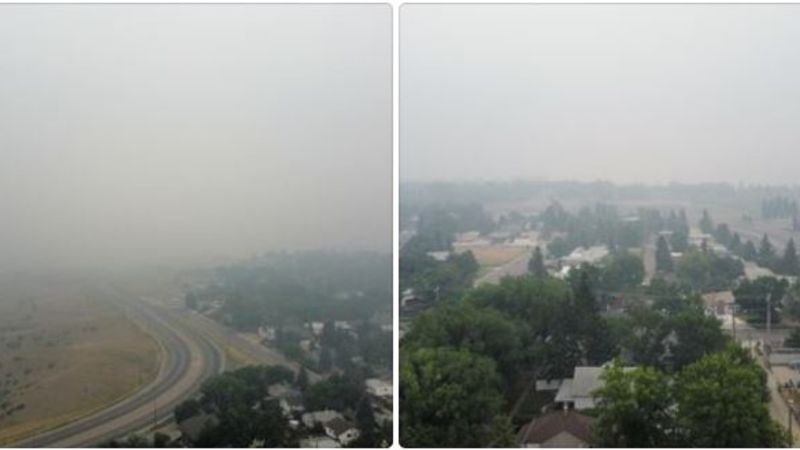
“Multi layer smoky mess” across Western Canada
EDMONTON, AB. — Heat warnings have ended, but they’ve been replaced by special air quality statements covering much of western Canada.
Smoke from western wildfires have created what Justin Shelley at Environment Canada is calling a “multi-layered smoky mess”.
While smoke issues in Alberta last week were largely due to the B-C fires, a wind change has meant most of the smoke in cities like Edmonton and Calgary is now coming from other wildfires in northern Saskatchewan.
People with lung issues are more likely to experience problems, but the smoke can affect everyone with symptoms including increased coughing, throat irritation and shortness of breath.


